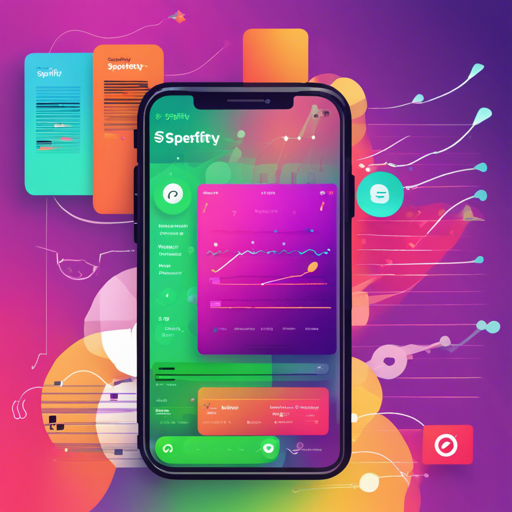Are you ready to create a web app that visualizes your personalized Spotify data? In this guide, we’ll walk you through the entire process from setup to deployment on Heroku! This app leverages powerful tools like the Spotify Web API, Create React App, Express, Reach Router, and Styled Components.
Setting Up the Project
Join us as we establish the groundwork for your Spotify app:
-
Register a Spotify App:
Begin by registering a new app on the Spotify Developer Dashboard. Make sure to add
http://localhost:8888/callbackas a Redirect URI in your app settings for local development. -
Create an Environment Variables File:
Create a file named
.envin the root of your project, based on.env.example, and fill it with your client credentials and other necessary configuration. -
Use Node Version Manager (nvm):
Run
nvm usein your terminal to switch to the appropriate Node version for your project. -
Install Dependencies:
Use Yarn to install dependencies by executing
yarn, followed byyarn client:install. -
Run the Development Server:
Kick off the development server with
yarn devto start shaping up your app!
Deploying to Heroku
Once you’re satisfied with your local app, it’s time to go live!
-
Create a New Heroku App:
In your terminal, run the following command to create a new app:
heroku create app-name. -
Set Heroku Environment Variables:
Run these commands to set necessary environment variables:
heroku config:set CLIENT_ID=XXXXX heroku config:set CLIENT_SECRET=XXXXX heroku config:set REDIRECT_URI=https://app-name.herokuapp.com/callback heroku config:set FRONTEND_URI=https://app-name.herokuapp.com -
Push to Heroku:
Deploy your app by pushing to Heroku with
git push heroku master. -
Configure Spotify Redirect URI:
Don’t forget to add
http://app-name.herokuapp.com/callbackas a Redirect URI in your Spotify app settings. -
Access Your Live App:
After deployment, you can access your app by going to
http://app-name.herokuapp.com/login, which should be equivalent tohttp://localhost:8888/login!
Understanding the Code: An Analogy
Think of your web app as a recipe for a delicious cake, where each ingredient plays a role in the final flavor.
- Spotify Web API: This is like the main ingredient of your cake – the flour. It holds all your user data and influences the whole experience.
- Create React App: Imagine this as your mixing bowl where everything comes together and begins to take shape.
- Express: This is your oven that bakes the batter into a fully formed cake, taking care of the backend processes.
- Reach Router: Think of this as your cake slices, allowing users to navigate through different parts of the app seamlessly.
- Styled Components: These act as the icing, making your cake visually appealing and giving it that extra flair.
Troubleshooting
As you embark on this journey, you might face some hiccups along the way. Here are some troubleshooting tips to keep you on track:
- If your app isn’t connecting to Spotify, double-check your CLIENT_ID, CLIENT_SECRET, and Redirect URI settings in both your Heroku app and Spotify dashboard.
- If deployment fails, ensure that your environment variables are set correctly with the right commands.
- For CORS issues, verify that your REDIRECT_URI matches exactly what you have specified in your Spotify app settings.
For more insights, updates, or to collaborate on AI development projects, stay connected with fxis.ai.
Conclusion
By following this guide, you’ll equip yourself with the knowledge to create and deploy a stunning, personalized Spotify visualization app. At fxis.ai, we believe that such advancements are crucial for the future of AI, as they enable more comprehensive and effective solutions. Our team is continually exploring new methodologies to push the envelope in artificial intelligence, ensuring that our clients benefit from the latest technological innovations.

